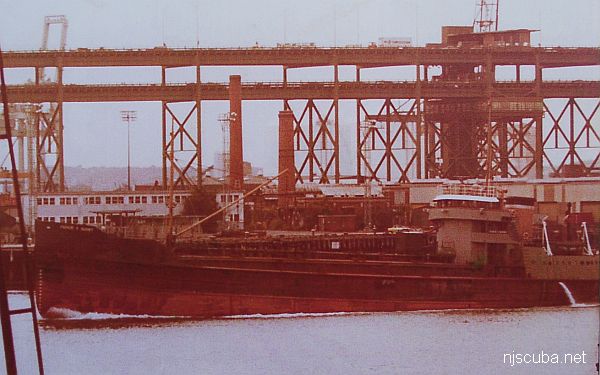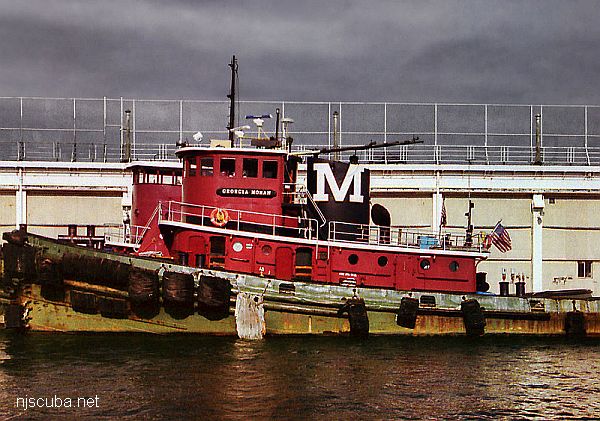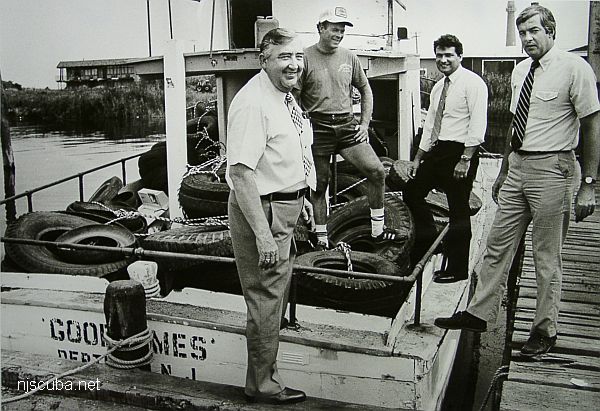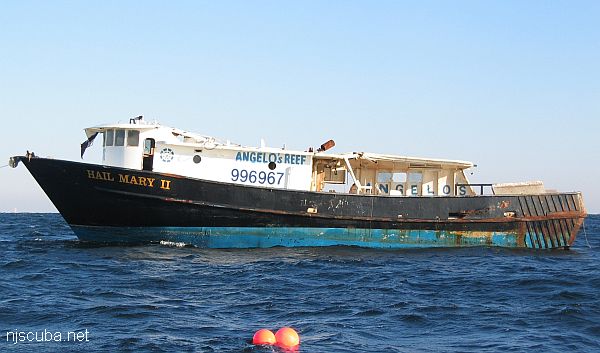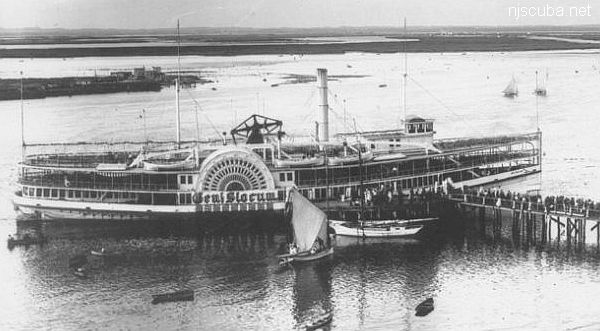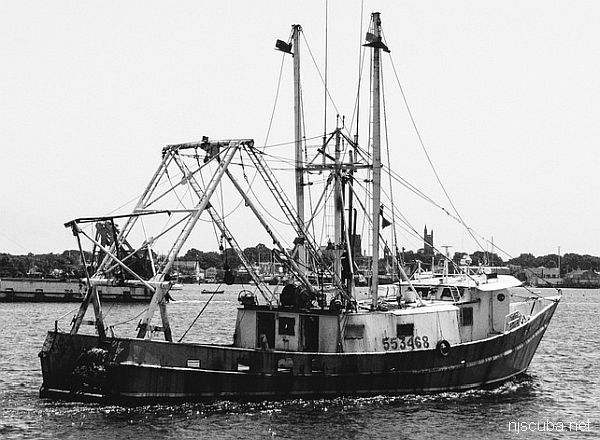
- Type:
- artificial reef, trawler
- Built:
- 1973, Seaman Shipbuilding, Bayou La Batre AL
- Specs:
- ( 77 ft ) 132 gross tons
- Sponsor:
- Mr. Nam Win, Cape May County Charter and Party Boat Association, Sportfishing Fund
- Sunk:
- Tuesday May 30, 2017 - Townsends Inlet Artificial Reef
- GPS:
- 39°06.500' -74°36.300'
- Depth:
- 60 ft
More: Fishermans Dream ...

